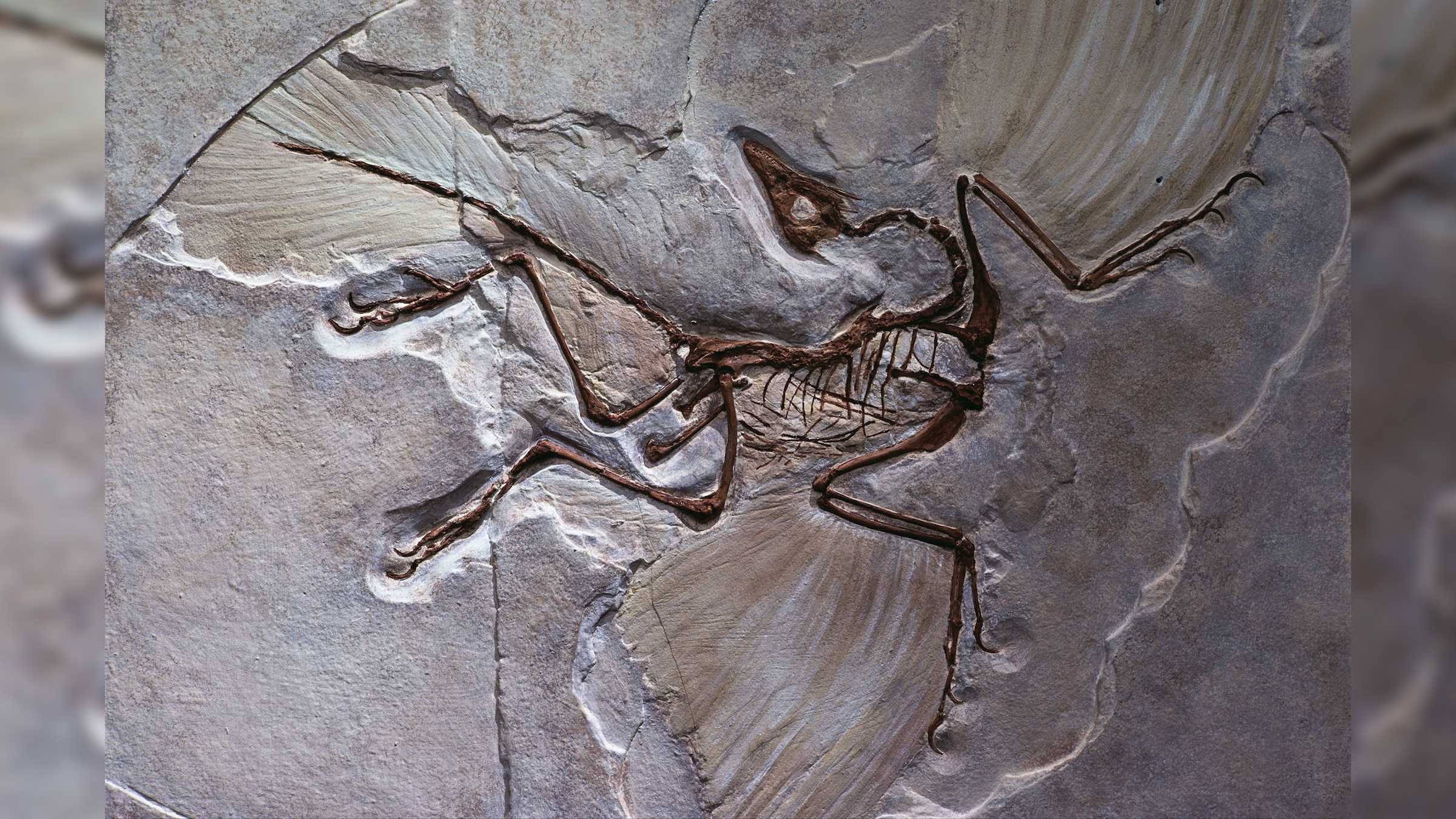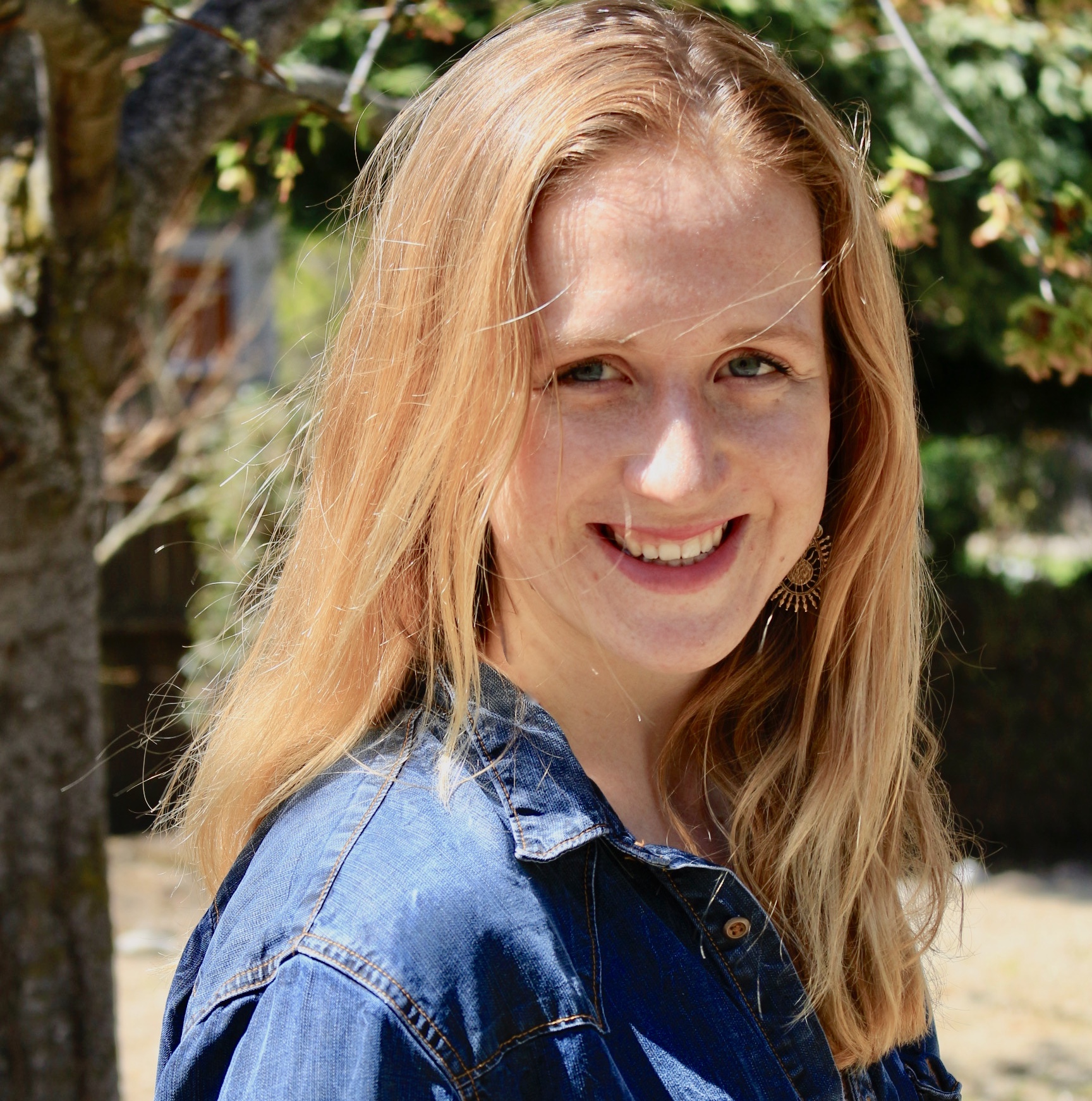
How do scientists figure out how old things are?
How does dating (scientifically speaking) work?

The ability to precisely date, or identify the age of an object, can teach us when Earth formed, help reveal past climates and tell us how early humans lived. So how do scientists do it?
Radiocarbon dating
Radiocarbon dating is the most common method by far, according to experts. This method involves measuring quantities of carbon-14, a radioactive carbon isotope — or version of an atom with a different number of neutrons. Carbon-14 is ubiquitous in the environment. After it forms high up in the atmosphere, plants breathe it in and animals breathe it out, said Thomas Higham, an archaeologist and radiocarbon dating specialist at the University of Oxford in England.
"Everything that's alive takes it up," Higham told Live Science.
Related: What's the oldest living thing alive today?
While the most common form of carbon has six neutrons, carbon-14 has two extra. That makes the isotope heavier and much less stable than the most common carbon form. So after thousands of years, carbon-14 eventually breaks down. One of its neutrons splits into a proton and an electron. While the electron escapes, the proton remains part of the atom. With one less neutron and one more proton, the isotope decays into nitrogen.
When living things die, they stop taking in carbon-14 and the amount that's left in their body starts the slow process of radioactive decay. Scientists know how long it takes for half of a given quantity of carbon-14 to decay — a length of time called a half-life. That allows them to measure the age of an organic piece of matter — whether that's an animal skin or skeleton, ash or a tree ring — by measuring the ratio of carbon-14 to carbon-12 left in it and comparing that quantity to the carbon-14 half-life.
The half-life of carbon-14 is 5,730 years, making it ideal for scientists who want to study the last 50,000 years of history. "That covers basically the really interesting part of human history," Higham said, "the origins of agriculture, the development of civilizations: All these things happened in the radiocarbon period."
Sign up for the Live Science daily newsletter now
Get the world’s most fascinating discoveries delivered straight to your inbox.
However, objects older than that have lost more than 99% of their carbon-14, leaving too little to detect, said Brendan Culleton, an assistant research professor in the Radiocarbon Laboratory at Pennsylvania State University. For older objects, scientists don't use carbon-14 as a measure of age. Instead, they often look to radioactive isotopes of other elements present in the environment.
Uranium-thorium-lead dating
For the world's oldest objects, uranium-thorium-lead dating is the most useful method. "We use it to date the Earth," Higham said. While radiocarbon dating is useful only for materials that were once alive, scientists can use uranium-thorium-lead dating to measure the age of objects such as rocks. In this method, scientists measure the quantity of a variety of different radioactive isotopes, all of which decay into stable forms of lead. These separate chains of decay begin with the breakdown of uranium-238, uranium-235 and thorium-232.
"Uranium and thorium are such large isotopes, they're bursting at the seams. They're always unstable," said Tammy Rittenour, a geologist at Utah State University. These "parent isotopes'' each break down in a different cascade of radioisotopes before they wind up as lead. Each of these isotopes has a different half-life, ranging from days to billions of years, according to the Environmental Protection Agency. Just like radiocarbon dating, scientists calculate the ratios between these isotopes, comparing them with their respective half-lives. Using this method, scientists were able to date the oldest rock ever discovered, a 4.4 billion-year-old zircon crystal found in Australia.
luminescence dating
Finally, another dating method tells scientists not how old an object is, but when it was last exposed to heat or sunlight. This method, called luminescence dating, is favored by geo-scientists studying changes in landscapes over the last million years — they can use it to discover when a glacier formed or retreated, depositing rocks over a valley; or when a flood dumped sediment over a river-basin, Rittenour told Live Science
When the minerals in these rocks and sediments are buried, they become exposed to the radiation emitted by the sediments around them. This radiation kicks electrons out of their atoms. Some of the electrons fall back down into the atoms, but others get stuck in holes or other defects in the otherwise dense network of atoms around them. It takes second exposure to heat or sunlight to knock these electrons back to their original positions. That's exactly what scientists do. They expose a sample to light, and as the electrons fall back into the atoms, they emit heat and light, or a luminescent signal.
"The longer that object is buried, the more radiation it's been exposed to," Rittenour said. In essence, long-buried objects exposed to a lot of radiation will have a tremendous amount of electrons knocked out of place, which together will emit a bright light as they return to their atoms, she said. Therefore, the amount of luminescent signal tells scientists how long the object was buried.
Dating objects isn't just important for understanding the age of the world and how ancient humans lived. Forensic scientists use it to solve crimes, from murder to art forgery. Radiocarbon dating can tell us for how long a fine wine or whiskey has been aged, and thus whether it has been faked, Higham said. "There's a whole range of different applications."

Isobel Whitcomb is a contributing writer for Live Science who covers the environment, animals and health. Her work has appeared in the New York Times, Fatherly, Atlas Obscura, Hakai Magazine and Scholastic's Science World Magazine. Isobel's roots are in science. She studied biology at Scripps College in Claremont, California, while working in two different labs and completing a fellowship at Crater Lake National Park. She completed her master's degree in journalism at NYU's Science, Health, and Environmental Reporting Program. She currently lives in Portland, Oregon.









